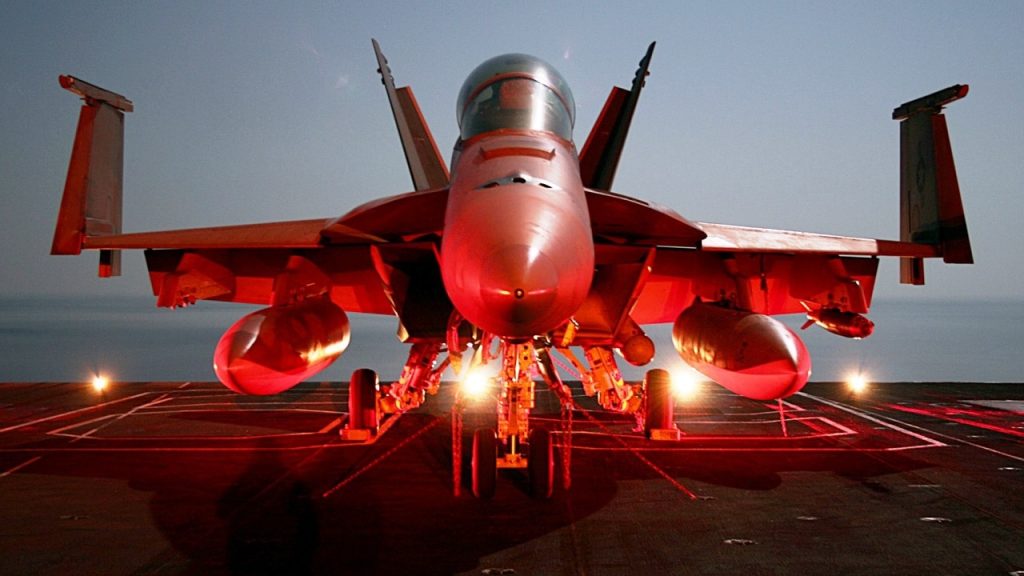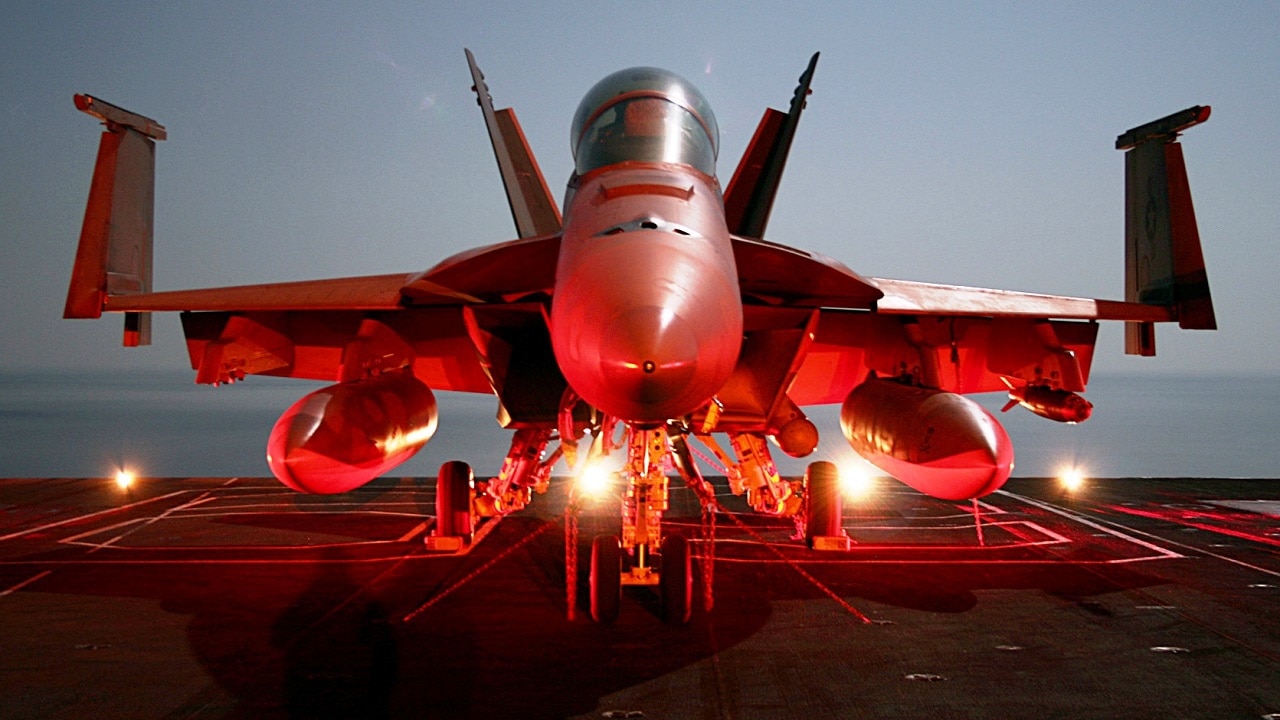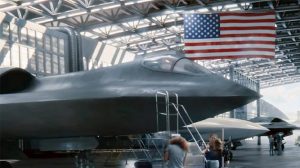Carrier air wings are through a new evolutionary phase; however, this does not spell the end of aircraft carriers.

For these reasons, there is no viable alternative to U.S. aircraft carriers. Due to the nature of the danger posed by China, a school of thought suggests aircraft carriers may soon become obsolete. There is concern that the People’s Liberation Army Navy’s (PLAN) long-range reconnaissance systems and missiles are accurate and destructive enough to disable an aircraft carrier. Losing even a single carrier would devastate the United States’ ability to defend itself in the Pacific. To others, the continued construction of new aircraft carriers represents a case of putting “all one’s eggs in one basket.”
However, this reasoning falls apart when realistic alternatives are considered. And what else could the Navy use if not for a floating, mobile air base, which is what an aircraft carrier is? Where can I find the best alternatives?
The Navy is less susceptible to attack than the Air Force since it does not rely on ground bases. Aircraft carriers serve a purpose that a fleet of smaller ships will never be able to match, and they also free the Navy from reliance on land bases. Here are just a few examples of why their work is so crucial.
Modern, nuclear-powered aircraft carriers provide a strong deterrent against attack with expansive flight decks. They keep the U.S. Navy’s deterrence policy afloat by showing potential aggressors that the United States is prepared to win any future conflict.
Aircraft carriers’ destructive power results from the destructive potential of the armaments they carry; the Nimitz and Ford-class carriers have anti-aircraft and missile defenses and are stocked with dozens of strike planes, primarily F/A-18E and F/A-18F Super Hornets. The ability to withstand repeated strikes is another facet of a carrier’s lethality. During a fight, an aircraft carrier’s arsenal has the potential to pound hundreds of land and marine targets daily.
The nuclear-powered, large-deck aircraft carrier has many potential uses. It can perform multiple tasks simultaneously, including power projection, maritime control, and air defense. Furthermore, when powered by nuclear energy, aircraft carriers never need to stop for fuel while at sea. It facilitates a daily travel distance of roughly 700 miles. Maintenance of operations against far-flung opponents would be extremely challenging without carriers.
An aircraft carrier is the only thing that can do the job of a mobile floating sea base as well as it can. When the Navy already has everything it needs in one place to prepare for combat, shifting its reliance to a fleet of smaller, dispersed vessels in conjunction with facilities in friendly countries isn’t as practical. If war were to break out in the Pacific, particularly with China, the Navy would be at an immediate disadvantage due to the resulting logistical mess.
Maintaining and running a carrier strike group will likely cost more than a billion dollars annually. Compared to the whole daily budget of the federal government, that is a very small amount. A new Ford-class carrier could be built and outfitted for the same amount the federal government spends in one day. The cost of maintaining all ten U.S. carriers is less than what the government spends in one day yearly. Throughout a carrier’s 50-year career, annual operating costs after construction average $800 million. The cost of the operation doubles to $400 million if destroyer escorts are included.
For the Navy, the cost of carriers is a long-term investment that guarantees the service’s ability to maintain its goals at high levels should hostilities break out. The intensity at which carriers can operate is unlikely to be maintained by smaller warships week after week. Given the rate at which surface combatants might use up their missiles in big battles, how long is it plausible to sustain an alternative option?
Large-deck, nuclear-powered aircraft carriers are far more robust in the face of prospective attacks than any other option. Because of their size, mobility, and defenses, they present a serious challenge to their opponents. Only a nuclear weapon could sink or disable even a single one. For this reason, some wonder if PLAN’s newest weapons are effective enough to destroy a carrier.
Simply put, the carrier air wing is changing; however, this does not mean aircraft carriers are becoming obsolete.






